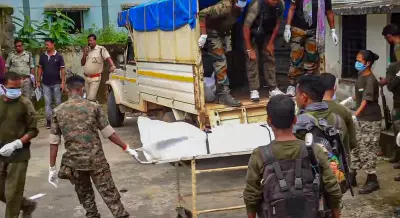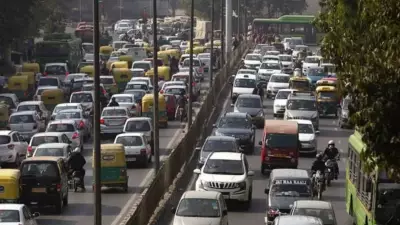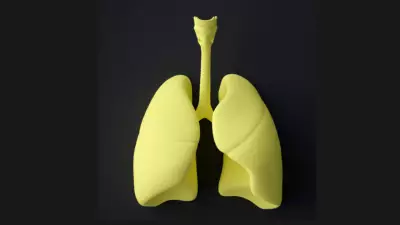Politics
3 Naxalites, Including Woman, Killed in Sukma Encounter with Security Forces
A woman among three Naxalites was killed in an encounter with security forces in Chhattisgarh's Sukma district on December 18. Police confirm the operation was based on specific intelligence.
Business
Refex Mobility, Led by Ex-BluSmart CEO, Bids to Rescue Bankrupt EV Cab Firm
Former BluSmart CEO Anirudh Arun now heads Refex Mobility, which is bidding for the bankrupt EV cab operator's 5,000+ charging stations and tech stack. The move could reshape India's green mobility sector.
World
Brown University Shooting Suspect Linked to MIT Professor Killing: Police
Police identify a suspect in the Brown University shooting, probing a possible connection to the killing of an MIT professor. Key details and investigation updates inside.
Entertainment
Surbhi Chandna Reveals Why She Almost Rejected Naagin 5 Role
Actress Surbhi Chandna opens up about her initial hesitation to play the Naagin in season 5, crediting COVID-19 for changing her mind. Discover her journey and the show's impact.
Sports
Lifestyle
Health
Winter Lung Health: Quit Smoking, Manage Cancer Pain
As winter worsens breathing, learn how Nicotine Replacement Therapy (NRT) helps India's 267 million tobacco users quit and aids lung cancer patients in pain management. Consult your doctor today.
Mira Kapoor's 1.5 kg weight loss after gut detox
Mira Kapoor shares her gut health detox journey, losing 1.5 kilos. She highlights potli massage, sound healing, and why sleep is crucial for wellness. Expert insights included.
Delhi Air Pollution: 40% Want to Move Out
A shocking survey of 17,000 Delhi residents finds 4 in 10 want to leave the city due to severe air pollution, which cuts life expectancy by 8.2 years and costs the economy billions. Read the full report.
8 Dry Fruits to Boost Winter Immunity
Strengthen your immune system this winter with these 8 nutrient-dense dry fruits. Expert tips on almonds, walnuts, dates, and more for sustained energy and warmth.
IIHMR Delhi & AMTZ Partner for MedTech Education & Research
IIHMR Delhi and Andhra Pradesh MedTech Zone join forces to bridge the skills gap in India's medical devices sector through a new satellite centre in Visakhapatnam. Discover how this shapes the future.
Technology
Get Updates
Subscribe to our newsletter to receive the latest updates in your inbox!
We hate spammers and never send spam









































